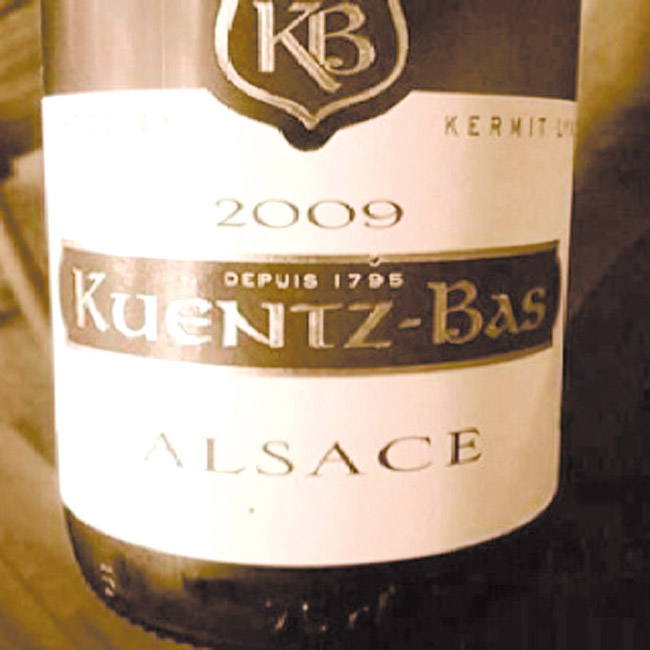Tracking The Provenance Of Wines
Provenance is an important word in the world of wine, and not just for the wines in collectors’ and investors’ circles. It is something that consumers take for granted every day. The chain of ownership of a wine can make all the difference in its soundness and quality once we pull the cork or twist the cap.
Whenever we purchase a bottle of wine, wherever that may be, a retail shop, online website, auction house or restaurant, we are trusting that they have cared for the wine properly and have obtained the wine through proper channels.
This may or may not be the whole story. It is especially important when buyers enter into the auction market.
Auctions can be fraught with the same pitfalls as any other retail business. There are counterfeits, improper storage or conditions of the merchandise that are not noted in a catalogue.
Counterfeiters have grabbed the headlines in the wine industry over the past decade, and as long as they have customers (mostly unknowing ones), they will continue to pawn off fakes as real.
Storage conditions are paramount when purchasing high-ticket wines as well as aged wines.
Where the wines were stored — and even more importantly, at what temperature — can make a huge difference in the final product.
A bottle of wine that comes directly from the cellars of the producer is more highly prized than a bottle that has changed hands from importer to wholesaler to retailer to buyer to another buyer, etc.
Lastly, not all bottles are equal. Some labels look better than others because of scuffing, water marks and writing, and some bottles have lower fills from ullage or leaking — important conditions to note before buying.
But knowing the provenance of the wine is key.
Some collectors are more passionate than others. Some are merely investors who buy and sell wine (flipping) just as a means to an end. They may or may not have proper long-term storage facilities or cellaring.
Other collectors purchase their wines only through the most reputable sources or directly from the producers themselves, which is always
best. They rarely purchase wines secondhand. Also, knowing provenance of the wine can rule out (in most cases) any question of its authenticity.
Do we ever stop to think about any of this when we buy a bottle in a restaurant or store? We assume that the wines were purchased through the proper channels, from producer to wholesaler to store or restaurant. But how is its storage? Is the wine room a cold 55 degrees? How long has that bottle been sitting or standing on the shelf? Storing wine on its side is essential in order to keep the cork moist, preventing it from drying out. How much light is coming through that window?
All of this may seem like minutiae, and it probably is for most of us. But when you taste that bottle of wine you saved up for and it really isn’t quite like anything you expected, or if you pull that cork and the wine tastes cooked or maderized, you may not be able to return it.
That’s when you will remember to ask about the provenance of the wine.
Recommendations: 2011 Kuents-Bas Alsace Blanc ($13) First whiff is, “Nice, pretty, flowers and citrus, let’s taste it.” Then your brain goes, “Wow, this is really tasty for not a lot of money.”
It’s light and soft, with plenty of floral scents mixed with peach and nectarines. I love this wine nicely chilled alone before a meal or with sushi and light salads. You can find it at Fujioka’s Wine Times.
Roberto Viernes is a master sommelier.






